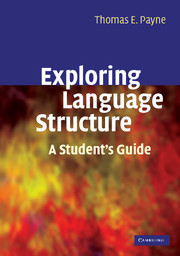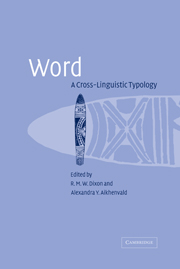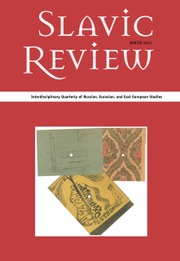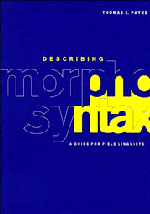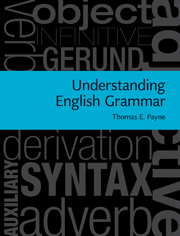Exploring Language Structure
Designed for those beginning to study linguistics, this is a lively introduction to two key aspects of the structure of language: syntax (the structure of sentences) and morphology (the structure of words). It shows students in a step-by-step fashion how to analyze the syntax and morphology of any language, by clearly describing the basic methods and techniques, and providing almost 100 practical exercises based on data from a rich variety of the world's languages. Written in an engaging style and complete with a comprehensive glossary, Exploring Language Structure explains linguistic concepts by using clear analogies from everyday life. It introduces a range of essential topics in syntax and morphology, such as rules, categories, word classes, grammatical relations, multi-clause constructions and typology. Providing a solid foundation in morphology and syntax, this is the perfect introductory text for beginning students, and will fully prepare them for more advanced courses in linguistic analysis.
- Provides hundreds of well-glossed examples from languages in all areas of the world
- Describes linguistic concepts using clear analogies from everyday life
- Contains almost 100 practical exercises based on data from a variety of languages
Product details
January 2006Paperback
9780521671507
390 pages
241 × 165 × 23 mm
0.77kg
14 tables
Available
Table of Contents
- 1. Introduction to morphology and syntax
- 2. Morphological processes and conceptual categories
- 3. Morphophonemics
- 4. Word classes
- 5. Exploring sub-classes
- 6. Constituent structure
- 7. Language typology
- 8. Grammatical relations
- 9. Voice and valence
- 10. Multi-clause constructions.

